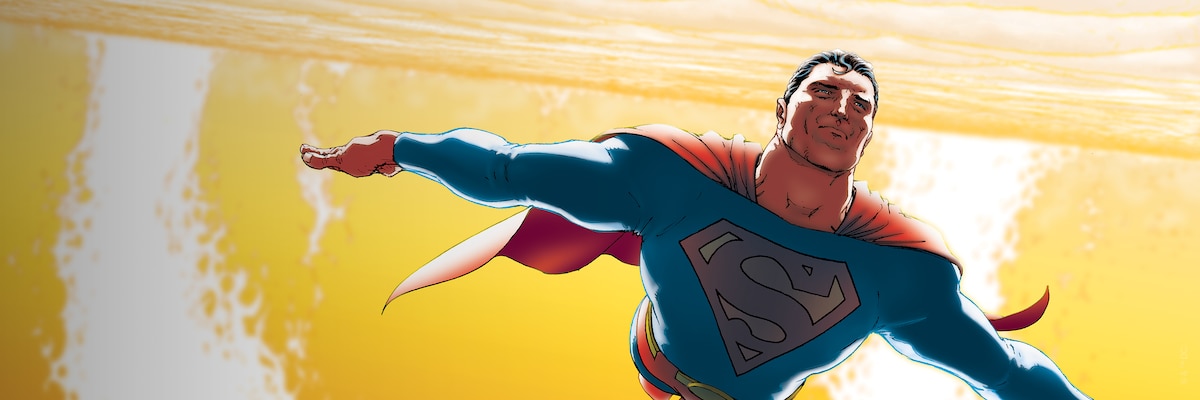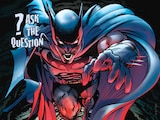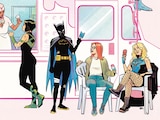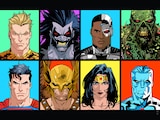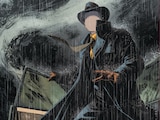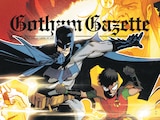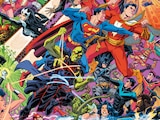Since his 1938 debut, Superman has starred in thousands of stories across comics, radio, television, cinema and more. But which stories have shaped the Man of Steel the most, and how have they defined him? Let’s take a look at twelve moments that changed Superman’s destiny forever…
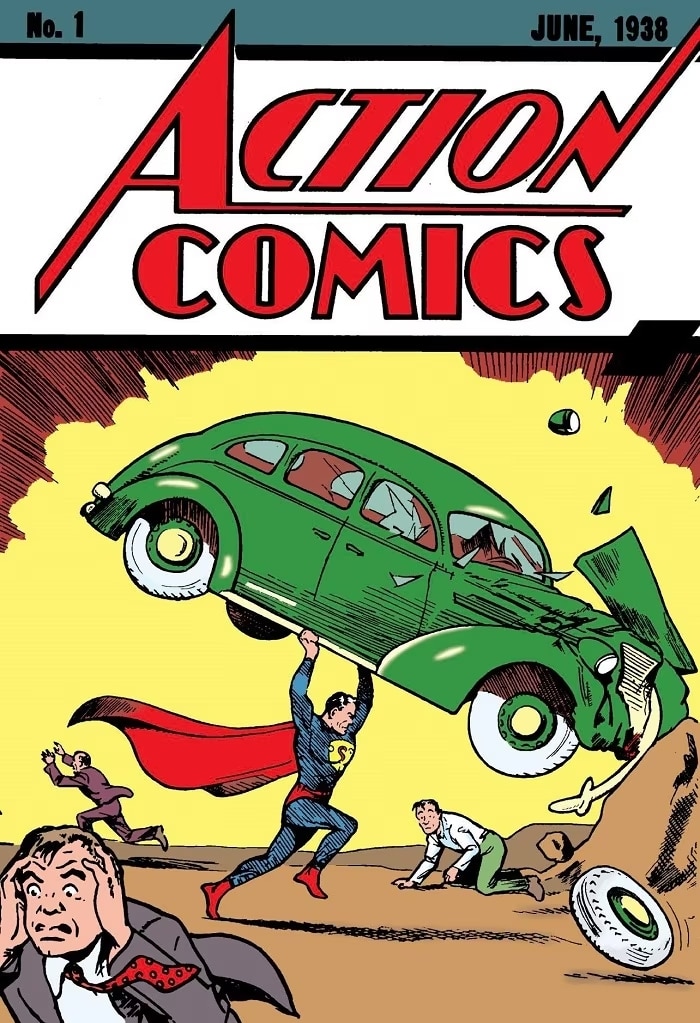

Action Comics #1
In 1938, National Allied Publications (which later became DC Comics) launched a new anthology title known as Action Comics. The first issue contained 11 different features, but it was the lead story that captured everyone’s attention. Writer Jerry Siegel and illustrator Joe Shuster introduced the world to Superman, a dynamic pulp hero the creative duo had been pitching for years. The cover, where Superman smashes a green car against a boulder, is one of the most iconic comic book covers of all time. The story inside gives us the first appearance of Superman, Lois Lane and much of the Man of Steel’s origin.
It's a simple, straightforward story by modern standards. Superman battles gangsters and sets an abusive husband straight. Amusingly, the story ends on a cliffhanger with Superman falling. Flying wasn’t part of his powerset yet! Action Comics #1 stands as more than just Superman’s debut appearance, it’s one of the most important single issues in the comic book industry. Many superhero scholars credit Action Comics #1 with creating the entire genre. Whether you believe it or not, it’s safe to say you wouldn’t be reading this website if the comic had never been published.
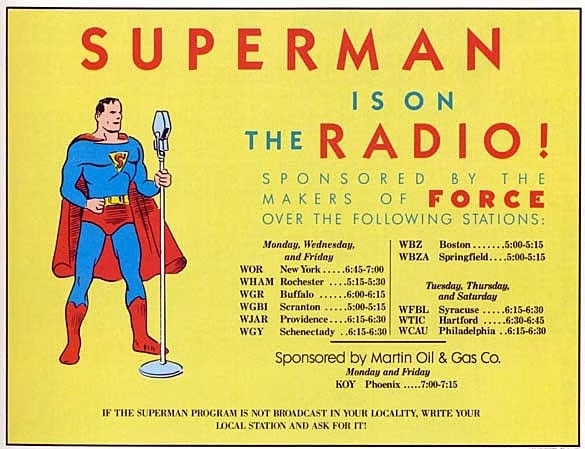

Superman Hits the Airwaves
In 1940, Superman leapt from the panels of his comics to one of the country’s most popular mediums. Before streaming services and superhero shows on primetime television, The Adventures of Superman was a radio show that thrilled listeners around the country. The syndicated serial ran for eleven years, with Bud Collyer voicing the Man of Steel for most of the run.
Whether you realize it or not, you can still see the influence of the radio show in every Superman story produced today. The Adventures of Superman introduced the characters of Jimmy Olsen, Perry White and Inspector Henderson. It gave birth to Superman’s most famous weakness—kryptonite. Heck, it even had Superman’s first meeting with Batman and Robin! Popular Superman catchphrases like, “It’s a bird, it’s a plane, it’s Superman!” and “Faster than a speeding bullet!” also originated in the radio program. In addition, the radio serial earned critical acclaim by having Superman go up against the Ku Klux Klan in a groundbreaking storyline that was recently adapted in Gene Luen Yang and Gurihiru’s acclaimed Superman Smashes the Klan.
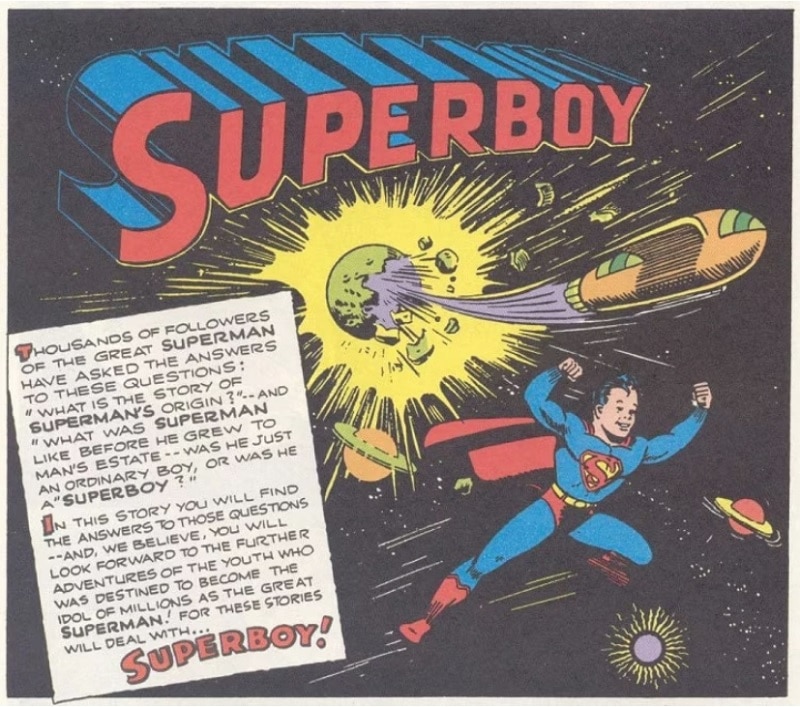

Superman’s Boyhood Adventures
In 1945, DC Comics began to explore Superman’s boyhood, and the character was never the same. More Fun Comics #101 featured a story by Jerry Siegel and Joe Shuster retelling Superman’s origin, but with a twist—readers learned that a young Clark Kent had fought crime as Superboy. Interestingly, More Fun Comics #101 also featured the first comic book appearances of Jor-El and Lara, who had previously only been in the newspaper strip, radio serial and the George Lowther novel.
The Superboy feature was a hit with readers, who loved seeing the Man of Steel learn how to be a hero before his heyday. Later Superboy stories fleshed out the characters of Pa and Ma Kent, introduced Lana Lang, and named Clark’s hometown Smallville. A Superboy story in Adventure Comics #247 introduced the Legion of Super-Heroes, a team which has become an important pillar of the DC Universe in their own right. These early Superboy stories also inspired the television series Smallville (more on that later) and set the stage for popular successors like Conner Kent and Jon Kent.
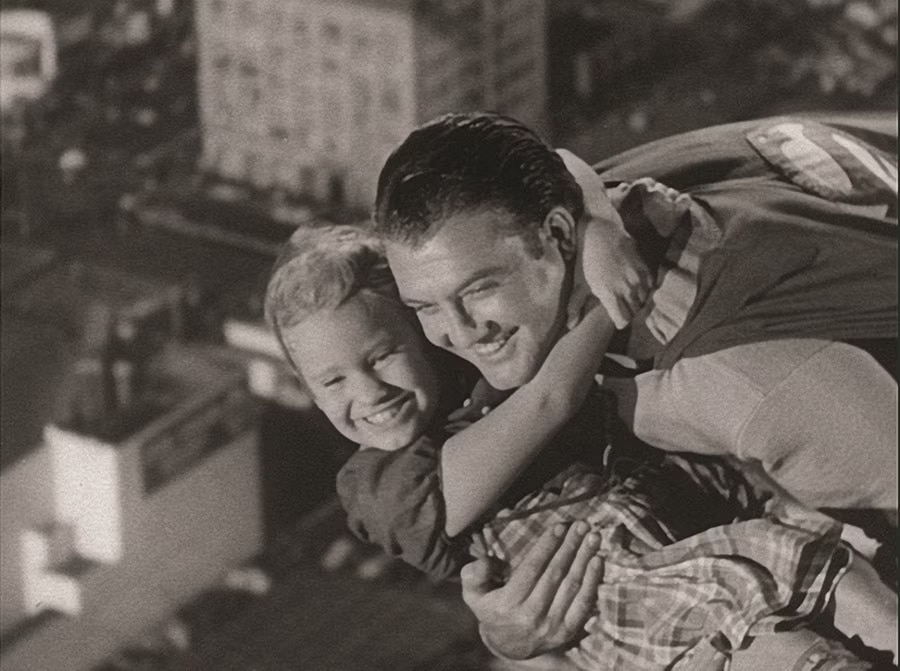

George Reeves Brings the Man of Steel to Television
For an entire generation of fans, George Reeves is Superman, and when you watch Adventures of Superman, it’s not hard to see why! For six seasons, Reeves embodied everything about the Man of Steel and fans couldn’t get enough. Reeves had a charisma about him and his Superman came across as a hero who genuinely enjoyed what he did.
A typical episode of the half-hour television program would begin with Clark Kent, Lois Lane, Jimmy Olsen and Perry White investigating a crime, sometimes with the help of their friend Inspector Henderson. Something would inevitably go wrong, and Clark would change into Superman during the final act to save the day. The series premiered in 1952, and switched from black-and-white to color in 1955, adding more life to the Man of Steel’s adventures. Reeves’ performance was so effective that children who ran into him truly thought he was Superman, and who’s to say they were wrong?
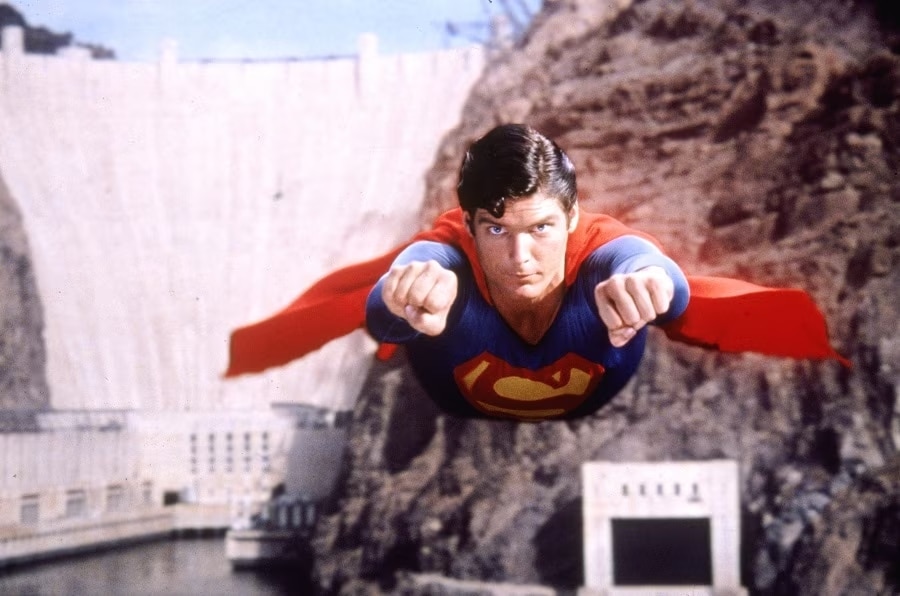

Christopher Reeve Makes You Believe a Man Could Fly
These days, superhero movies rule the box office, but in 1978 things were different. When Superman: The Movie was released, there hadn’t been anything like it in cinemas before and it completely changed the landscape. Comic book characters had made their way to the screen before, but never like this. This wasn’t a low budget movie serial, this was a magnum opus from director Richard Donner. The sets and special effects were spectacular, but they didn’t impress anywhere near as much as the man in the red cape. Donner cast Christopher Reeve as Superman, a move that was considered risky because he was an unknown actor at the time. However, it was an inspired, character-defining choice, with Reeve knocking the role out of the park.
Reeve brought much to the character, not the least of which was proving that Superman’s disguise as Clark Kent could credibly work, as the actor altered his voice, hunched his shoulders and changed his body language when shifting between the two identities. Superman followed Kal-El as he journeyed to Earth as a baby, lost his adoptive father, traveled to Metropolis, met Lois Lane (Margot Kidder) and fought Lex Luthor (Gene Hackman). The film also established Superman’s S symbol as his family crest, and placed Smallville in Kansas for the first time—two additions to canon that the comics and subsequent adaptations have adopted. The film’s tagline was “You’ll Believe a Man Can Fly,” and it wasn’t false advertising—we did and still do.
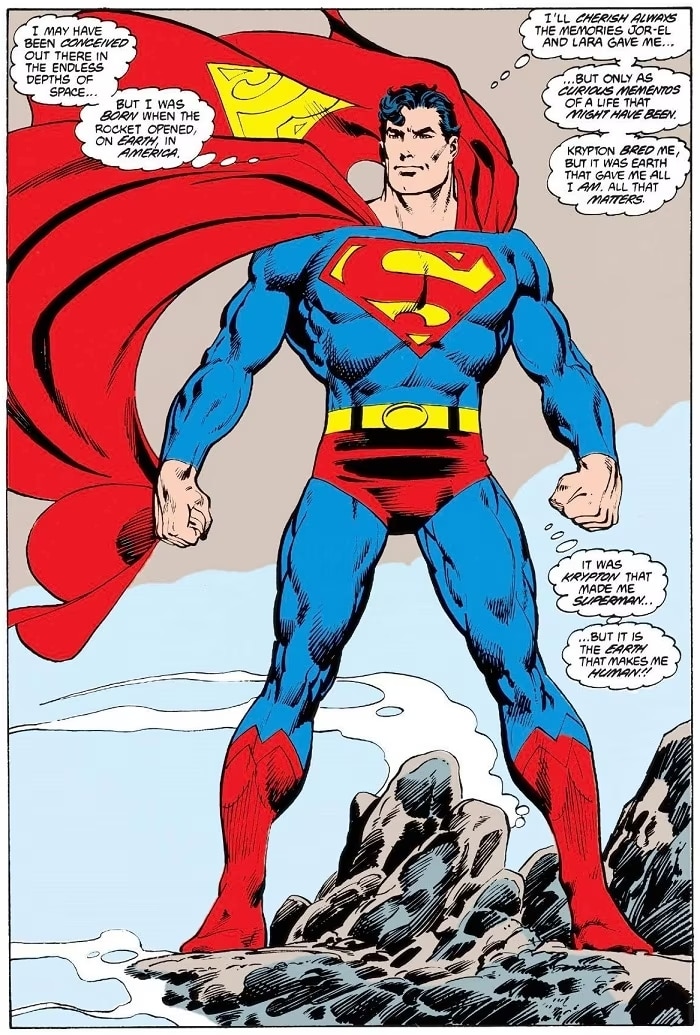

John Byrne Reinvents the Man of Steel
In 1986, DC published a six-issue limited series called The Man of Steel which gave Superman his biggest reinvention since his creation. After the reality-altering events of Crisis on Infinite Earths, DC gave some of their most iconic heroes a fresh start, with new takes on their origins. John Byrne wrote and illustrated The Man of Steel and used it to rebuild Superman from the ground up, taking influences from Superman: The Movie and the Adventures of Superman television series.
In this new take, Jonathan and Martha Kent survived and witnessed Clark’s debut as Superman, Lex Luthor was a corporate shark and Lana Lang knew Clark’s secret from the start. The Superman storyline became more streamlined, with more grounded stories and characters. The Man of Steel served as the basis for the television series Lois and Clark: The New Adventures of Superman and Superman: The Animated Series. Character dynamics and plot threads introduced in this still-seminal series continued to play out in the Superman titles for the next two decades, which means the limited series can almost be looked at like a television pilot for a long-running show.
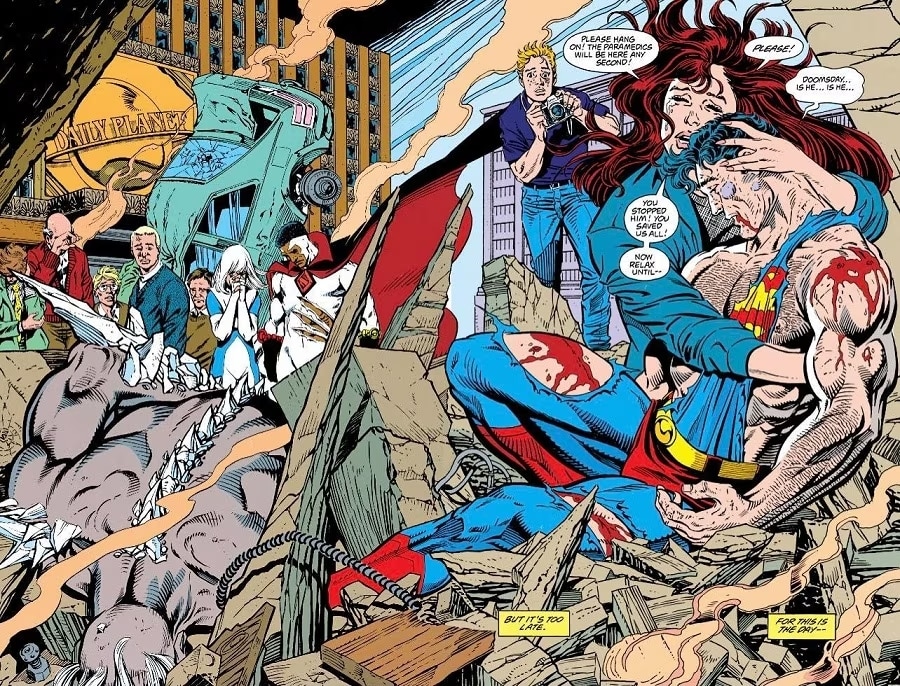

The Death and Return of Superman
In 1992, Superman gave his life to defend Metropolis from Doomsday in a story that grabbed the entire world’s attention. Superman #75 wasn’t a one-off story where the Man of Steel faked his death or was revived by the final pages. His death wasn’t a hoax, dream or imaginary story—Superman had fallen and the move brought legions of new readers to the comic shop. Superman #75 sold over six million copies and became a cultural phenomenon. The story was covered in major news outlets like the Washington Post, People and Newsweek (where it made the front page). Dan Jurgens’ splash page of Lois holding a dying Superman in her arms has gone on to become one of the most iconic comic book images of the 1990’s and a shorthand for loss and grief.
“Death of Superman” was more than a story, it was an event. The comic was adapted as a video game, a trading card series, a novelization and more. And despite the title, it didn’t end with Superman’s death. The story continued as the world grieved for Superman in “Funeral for a Friend” and four new heroes claimed to be a revived Man of Steel in “Reign of the Supermen.” This latter storyline introduced the Conner Kent version of Superboy and Steel, two characters who have become large parts of the DC Universe in their own right. Of course, the real Superman made an emotionally satisfying return during “Reign of the Supermen,” but he made it clear he wouldn’t hesitate to give up his life to protect his city again.
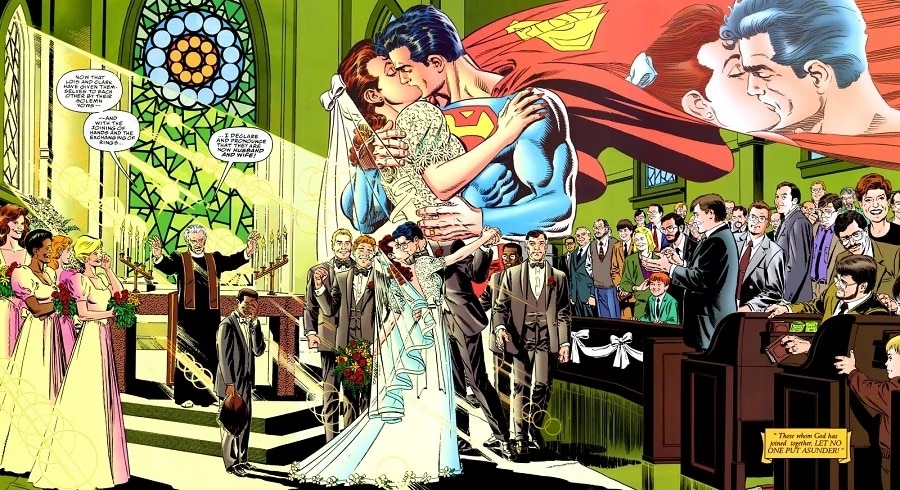

Superman Gets Married
If you thought it took Jim and Pam a long time to get together on The Office, then the length of Superman’s courtship with Lois Lane will shock you. In 1996, Clark Kent and Lois Lane tied the knot in Superman: The Wedding Album #1, 58 years after their first meeting!
For years, the Superman/Lois Lane/Clark Kent love triangle had been considered one of the most sacred cows in comics. Lois pined for Superman while spurning Clark’s affections, and that’s the way it had been for years. But things changed after The Man of Steel limited series, and Lois’s feelings for Clark and Superman were given more depth. In 1990’s Superman #50, Lois accepted Clark’s proposal, making it clear that she loved and valued him as a person, even if she didn’t know he was Superman. In Action Comics #662, Clark revealed his double identity to Lois, making it clear that there was no going back. Superman and Lois’s relationship was changed forever, and things were just getting started.
The engagement lasted six years. On paper, things like Doomsday, a trial, and Superman’s mermaid ex-girlfriend provided reason for the delay, but behind the scenes, DC was holding off on the marriage so they could time it to coincide with the wedding on the then-popular Lois and Clark: The New Adventures of Superman.
Still, when the big day arrived, it was all worth it. Superman: The Wedding Album #1 was a celebration of Superman history, with the Man of Steel’s greatest writers and artists contributing to the story. The final splash page was drawn by Dan Jurgens and Jerry Ordway, and it featured Clark Kent finally kissing the bride as the priest (drawn to look like Jerry Siegel, naturally) pronounces them husband and wife. It’s hard to find a more emotionally satisfying ending to a Superman story.
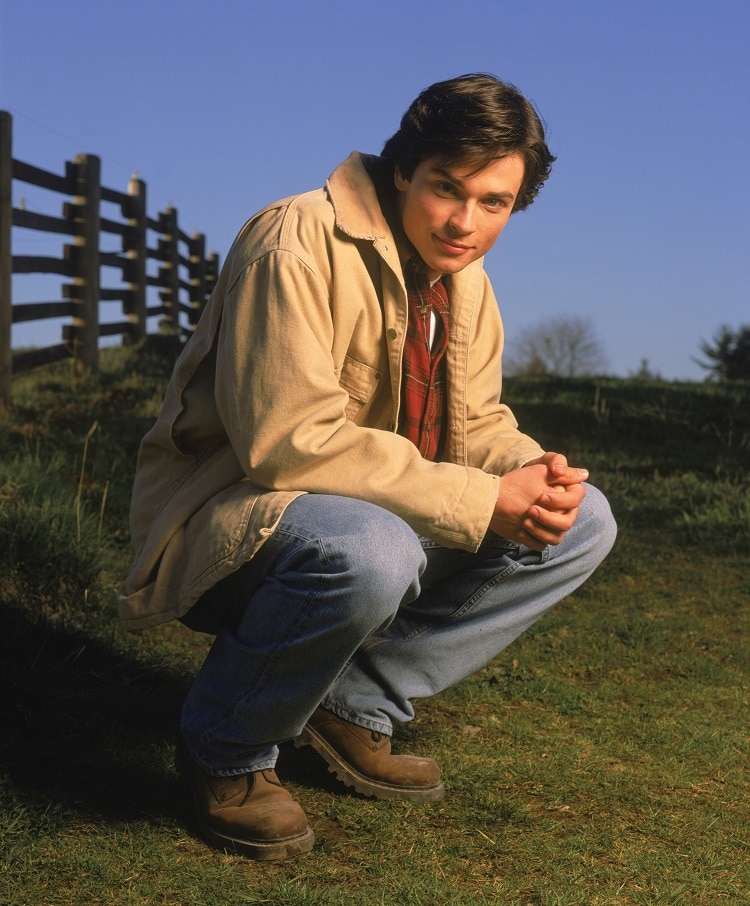

Somebody Save Me
We live in an era where you can binge a different superhero show pretty much every night, and it may be all thanks to Smallville. Debuting in 2001, the series paved the way for the live-action superhero television renaissance that we're living in today. Smallville was a Superman prequel series which focused on Clark Kent’s teenage years as he learned how to use his powers and make sense of his destiny. When Tom Welling debuted as Clark Kent in season one, he was a high school student struggling to control his powers while coming to grips with his alien origins. By the end of the tenth and final season, he was a Daily Planet reporter who had experienced love, loss, and inspired many other heroes along the way. The show also featured Michael Rosenbaum as Lex Luthor, who began the series as Clark’s best friend, before tragically becoming his worst enemy.
Smallville started out as a teen drama, but more superhero elements made their way into the series as time went on. By the end of the show, multiple members of the Justice League had appeared, along with classic DC characters like Darkseid, Rick Flag, General Zod and Cyborg. Smallville ended with Clark becoming Superman for the first time, and although the show’s original motto was “no tights, no flights,” the series proved that the world was hungry for more live-action superhero shows.
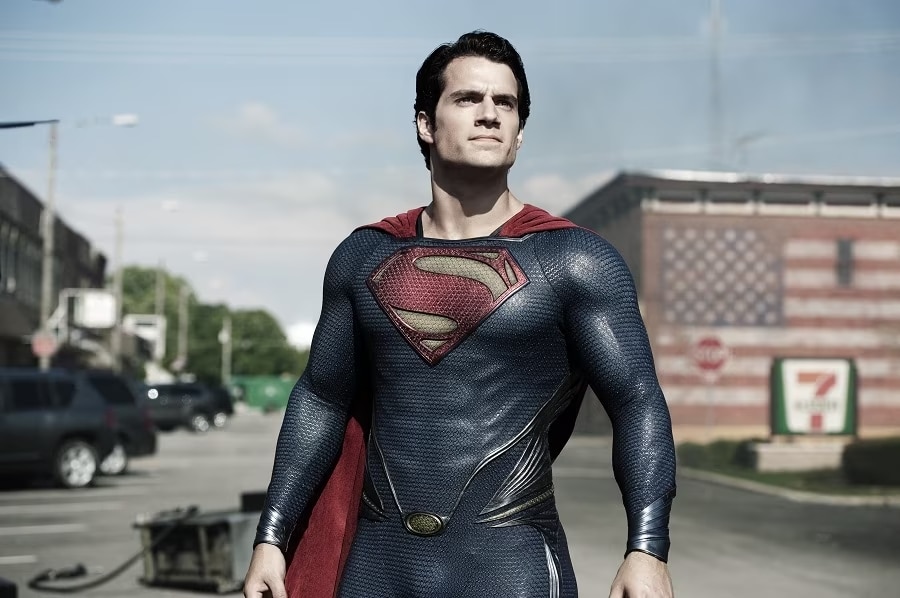

Henry Cavill Takes Superman Back to the Big Screen
In 2013, director Zack Snyder brought Superman back to the cinema in a film called Man of Steel. Snyder cast Henry Cavill as Superman, who proved to be the ideal actor for Snyder’s more world-weary and somber take on the character. Man of Steel put a fresh spin on Superman’s origin, following the Last Son of Krypton as he met Lois Lane (Amy Adams), fought General Zod (Michael Shannon) and struggled with the weight of heroism.
Cavill’s Superman was a hero who could convey strength and vulnerability at the same time, a nuanced vision ideally suited for a less idealistic 21st Century. Together with his director, Cavill explored what it means to be a god among men and how Superman internalizes that pressure. Is it appropriate for a man with godlike powers to interfere with the world? How will his arrival change humanity? These questions were further explored in Snyder’s two sequels, Batman v Superman: Dawn of Justice and Zack Snyder’s Justice League. Today, Henry Cavill’s performance stands as an autopsy on Superman’s psyche, deconstructing modern day mythology as he traded punches with bad guys and bringing new levels of maturity to the comic book film medium.
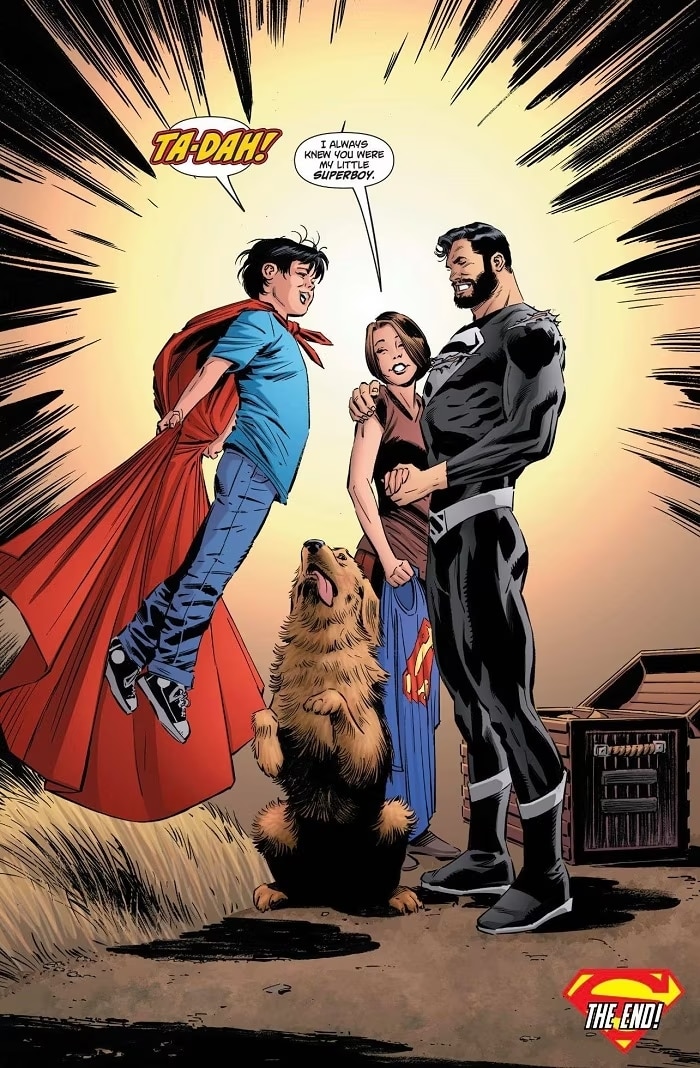

Superman Becomes a Superdad
Over the years, Superman has tackled everything from slumlords, alien invaders and robots, but in 2015, the Man of Steel faced his biggest challenge yet—fatherhood! During the Convergence: Superman limited series Lois gave birth to a baby, who the couple named Jonathan Samuel Kent.
As you can imagine, fatherhood changed everything for Superman and how he perceived the world around him. Raising a child is hard enough, but when the kid is half-Kryptonian with superpowers that adds extra complications. Jon Kent gradually grew into his destiny as Superboy and befriended his fellow young hero Damian Wayne before a journey through space and time aged Jon up to 17, prematurely ending his childhood before his parents were ready. Jon would go on to star in Superman: Son of Kal-El and the currently running Adventures of Superman: Jon Kent, where the young hero wrestles with the task of following in his father’s footsteps as Superman. Time will tell how Jon will handle this responsibility, but when your mother is Lois Lane and your father is the world’s greatest hero, there’s no limit to what you can accomplish.
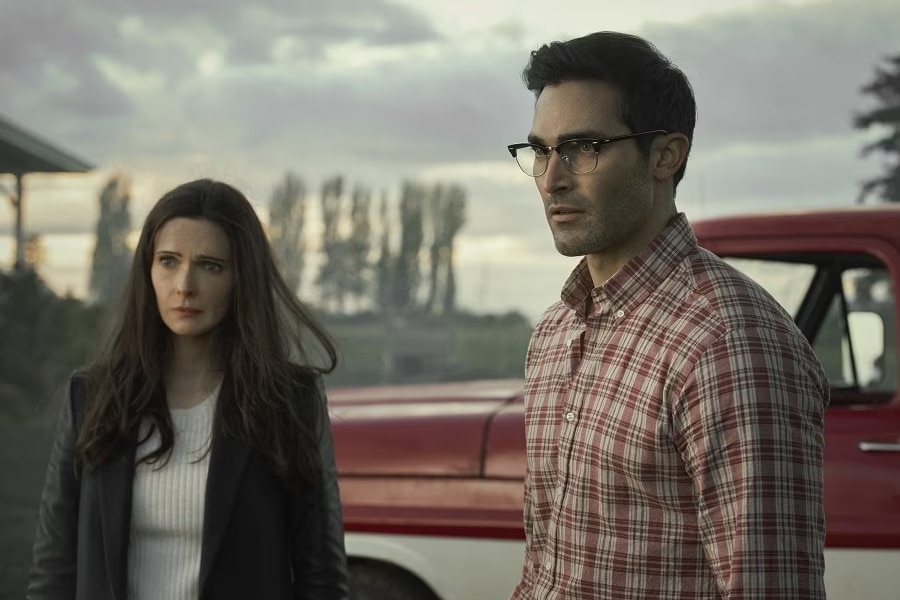

Superman & Lois
In 2021, the Man of Steel returned to television. But anyone who was expecting more of the same was in for a surprise. Superman & Lois places an adult Clark Kent (Tyler Hoechlin) and Lois Lane (Bitsie Tulloch) back in Smallville, hoping smalltown life will benefit their two teenage sons. Jordan (Alex Garfin) struggles with social anxiety and has inherited his father’s powers, while his popular, star quarterback of a brother Jonathan (Michael Bishop) hasn’t.
Superman & Lois isn’t a run-of-the-mill primetime superhero show. The series has a strong focus on parenthood, responsibility, sibling relationships and loss. Superman struggles with conflicting responsibilities, as he tries to juggle his superhero duties while parenting two teenage boys. It’s a side of the hero that has never been seen on television before—or anywhere, really—and one of the reasons why the series is a breath of fresh air. With the launch of DC Studios and a new shared-universe TV slate on the horizon, time will tell how long Superman & Lois will be with us. But whether it lasts for three seasons or twenty-three, we’re happy to be along for the flight.
Since his debut over eighty years ago, Superman has accomplished a lot and he shows no signs of slowing down. Kal-El’s never-ending battle for truth, justice and a better tomorrow continues every month in new comics, television shows, animated movies and more. Despite being created in 1938, he’s a timeless character who has adapted to the changing world around him for a simple reason—his story is one we can both relate to and aspire to. His successes are our successes. His losses are our losses. And for fans who have grown up following the adventures of Superman, the defining moments in his life probably made a pretty big impact on ours as well. So, keep flying, Big Blue! We can’t wait to see where you land next.
Joshua Lapin-Bertone writes about TV, movies and comics for DC.com, is a regular contributor to the Couch Club and writes our monthly Batman column, "Gotham Gazette." Follow him on Bluesky at @joshualapinbertone and on X at @TBUJosh.
NOTE: The views and opinions expressed in this feature are solely those of Joshua Lapin-Bertone and do not necessarily reflect those of DC or Warner Bros. Discovery, nor should they be read as confirmation or denial of future DC plans.
